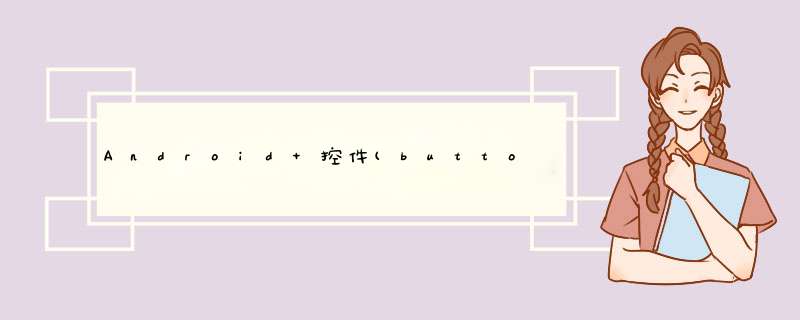
布局方向。horizontal是让所有的子元素按水平方向从左到右排列, vertical是让所有的子元素按竖直方向从上到下排列。
2,androID:gravity 与 androID:layout_gravity的区别androID:gravity是指定本元素的子元素相对它的对齐方式。
androID:layout_gravity是指定本元素相对它的父元素的对齐方式。
例如:
下面这里的linearlayout的androID:gravity设为right,有两个子元素button01和button02。
java代码:
复制代码 代码如下:
<?xml version=”1.0″ enCoding=”utf-8″?>
<linearLayout xmlns:androID=”http://schemas.androID.com/apk/res/androID”
androID:orIEntation=”vertical”
androID:layout_wIDth=”fill_parent”
androID:layout_height=”fill_parent”
androID:gravity=”right”
>
<button androID:text=”button01″ androID:ID=”@+ID/button01″ androID:layout_wIDth=”wrap_content” androID:layout_height=”wrap_content”></button>
<button androID:text=”button02″ androID:ID=”@+ID/button02″ androID:layout_wIDth=”wrap_content” androID:layout_height=”wrap_content”></button>
</linearLayout>
这个main.xml里的linearLayout也是有两个子元素button01和button02。button01的androID:layout_gravity设为”left”,button02的 androID:layout_gravity设为”right”
java代码:
复制代码 代码如下:
<?xml version=”1.0″ enCoding=”utf-8″?>
<linearLayout xmlns:androID=”http://schemas.androID.com/apk/res/androID”
androID:orIEntation=”vertical”
androID:layout_wIDth=”fill_parent”
androID:layout_height=”fill_parent”
>
<button
androID:layout_gravity=”left”
androID:text=”button01″
androID:ID=”@+ID/button01″
androID:layout_wIDth=”wrap_content” a
ndroID:layout_height=”wrap_content”></button>
<button
androID:layout_gravity=”right”
androID:text=”button02″
androID:ID=”@+ID/button02″
androID:layout_wIDth=”wrap_content”
androID:layout_height=”wrap_content”>
</button>
</linearLayout>
FameLayout布局
FrameLayout是最简单的一个布局对象。它被定制为你屏幕上的一个空白备用区域,之后你可以在其中填充一个单一对象―比如,一张你要发布的图片。所有的子元素将会固定在屏幕的左上角;你不能为FrameLayout中的一个子元素指定一个位置。后一个子元素将会直接在前一个子元素之上进行覆盖填充,把它们部份或全部挡住(除非后 一个子元素是透明的)。
xml属性
1,用xml文件来定义界面,然后Activity的setContentVIEw方法根据xml文件里的定义来创建真正的控件对象。好比说xml文件是设计图纸,setContentVIEw是生产机器,它依照图纸生产出各种各样的杯具和洗具。
2,FrameLayout的xml属性来自三个地方:继承下来的,嵌套类定义的,自身类定义的。
3,具的属性可查阅官方文档。下面是刚才遇到的几个属性。
java代码:
复制代码 代码如下:
androID:ID
//这个xml属性是继承自androID.vIEw类的xml属性。它为framelayout提供一个唯一识别符号,之后,程序要用到它时可以用VIEw.findVIEwByID() 或Activity.findVIEwByID()来找到它。
androID:layout_wIDth: 布局宽
androID:layout_height: 布局高
//它们的取值是fill_parent或wrap_content。
fill_parent :在x轴或则y轴上充满父容器的空间。
wrap_content :framelayout里的元素有多少宽高就多少宽高,
//这两个属性都是定义在androID.Widget.FrameLayout的嵌套类androID.Widget.FrameLayout.LayoutParams里。
androID:background:背景
androID:foreground :前景
总结
以上是内存溢出为你收集整理的Android 控件(button)对齐方法实现详解全部内容,希望文章能够帮你解决Android 控件(button)对齐方法实现详解所遇到的程序开发问题。
如果觉得内存溢出网站内容还不错,欢迎将内存溢出网站推荐给程序员好友。
欢迎分享,转载请注明来源:内存溢出

 微信扫一扫
微信扫一扫
 支付宝扫一扫
支付宝扫一扫
评论列表(0条)